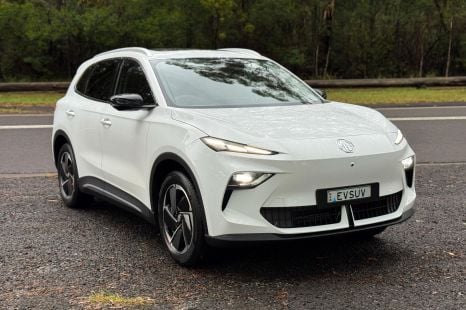

Matt Campbell
5 Days Ago
The name's Martin. Aston Martin. The DB5 is coming back, and it's loaded with gadgets and neat touches from Goldfinger.

Contributor
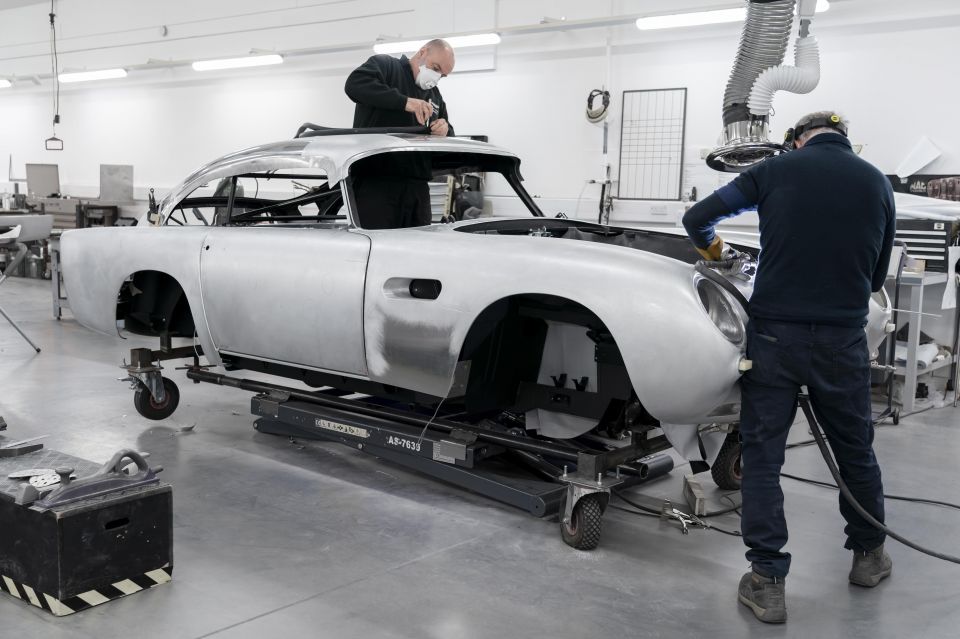

Contributor
The more that changes at Aston Martin, the more that stays the same.
Led by chairman Lawrence Stroll, the board this week replaced CEO Andy Palmer with ex-AMG boss Tobias Moers.
It has put plans to revive the all-electric Lagonda brand on the back burner, and is turning focus to the DBX SUV in search of profitability.
The marque hasn’t forgotten its past, though. After 55 years out of action, the DB5 has this week re-entered production.
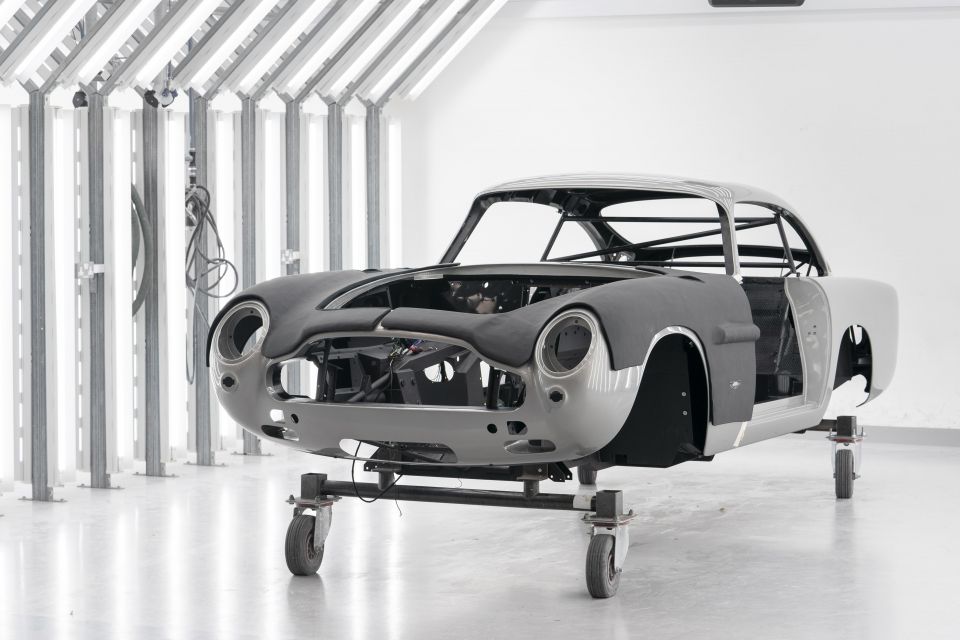
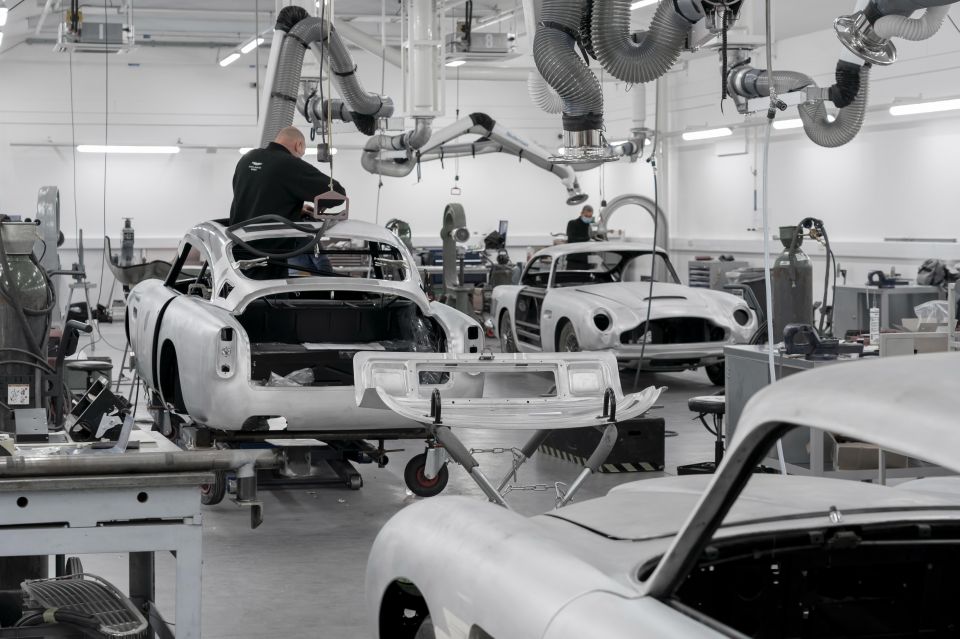
Announced last year, just 25 examples of the DB5 Goldfinger Continuation will be built in conjunction with EON Productions, the production company behind James Bond.
As the Goldfinger in the name suggests, the reborn DB5 will feature a gamut of gadgets derived from those in the film.
There’ll be a rear smoke screen, a simulated version of the oil slick, revolving number plates, simulated twin machine guns, a bullet-resistant rear windshield, battering rams, fake tyre slashers, and an optional removable roof panel for the passenger seat.

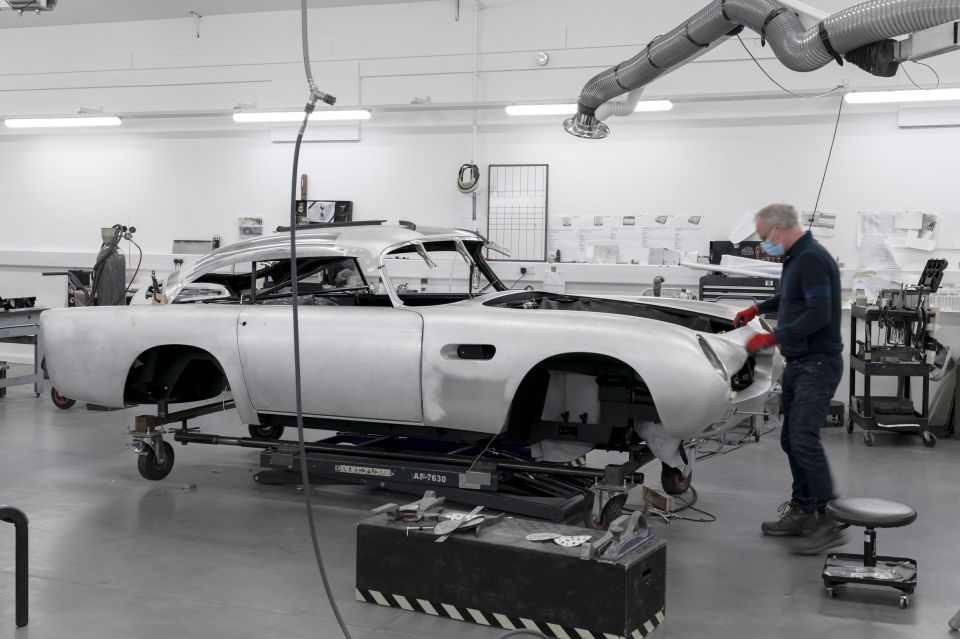
Inside, there’s a fake radar screen, a telephone in the driver’s door, an ejector seat button under the gear knob, and switchgear under the armrest and console, a weapons storage tray, and a gadget activation remote control. Just don’t get it confused with the TV remote.
Externally, the legendary lines of the DB5 are unchanged in 2020. The aluminium body panels are wrapped around an authentic steel chassis, and that long bonnet is home to a 4.0-litre inline-six engine making 216kW of power.
Power is put to the rear wheels through a five-speed manual transmission, and there’s a mechanical locking differential on the rear axle. The steering is unassisted, and the rear suspension is a live axle setup. Although it’s being built in 2020, the DB5 Continuation is a 1965 car under the skin.
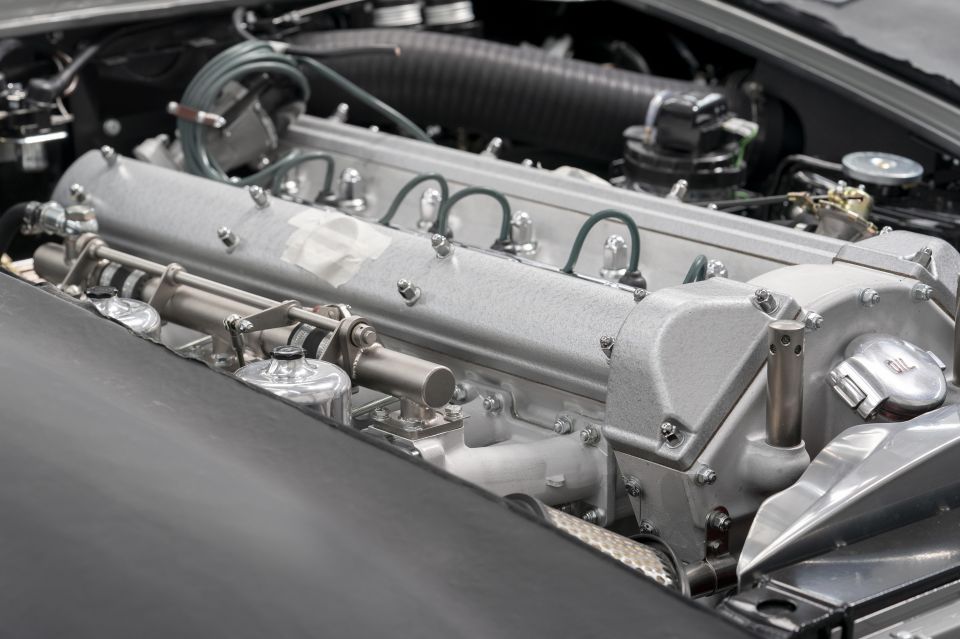
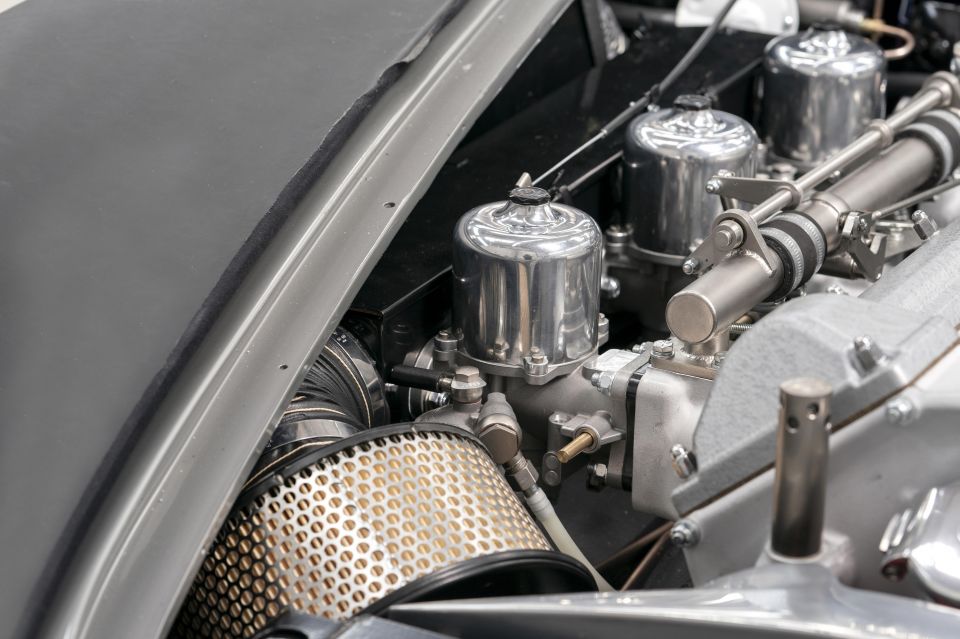
The cars will be built in Newport Pagnell, Buckinghamshire in the UK. Aston Martin says the build process takes around 4500 hours for every car.
“Seeing the first customer car move painstakingly through the intricate production process we have created really is quite a thrill,” said Clive Wilson, Aston Martin heritage programme manager.
“Obviously we have not, as a business, made a new DB5 for more than 50 years, so to be involved in the building of these cars, which will go on to form part of Aston Martin’s history, is something I’m sure all of us will be telling our grandkids about!”
The first deliveries of the DB5 Goldfinger Continuation will take place in the second half of 2020.
Take advantage of Australia's BIGGEST new car website to find a great deal on a Aston Martin.
Scott Collie is an automotive journalist based in Melbourne, Australia. Scott studied journalism at RMIT University and, after a lifelong obsession with everything automotive, started covering the car industry shortly afterwards. He has a passion for travel, and is an avid Melbourne Demons supporter.


Matt Campbell
5 Days Ago
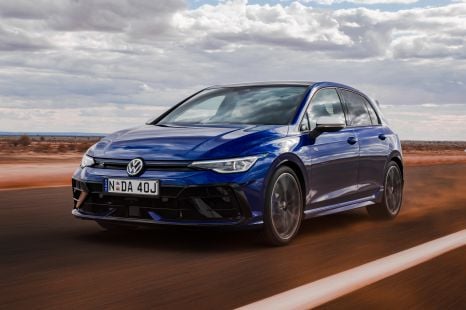

James Wong
4 Days Ago
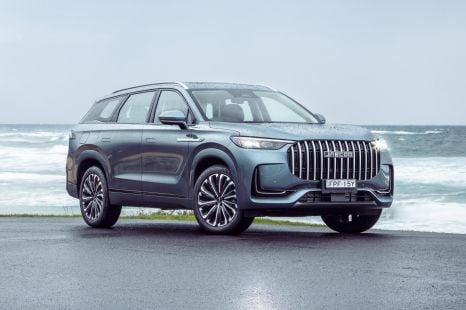

William Stopford
3 Days Ago
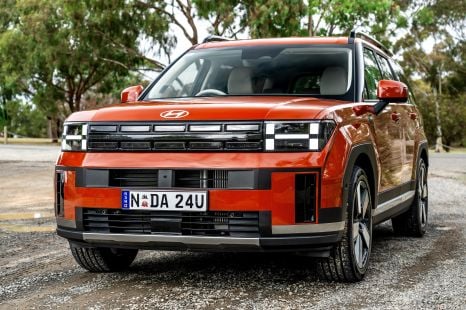

Max Davies
2 Days Ago
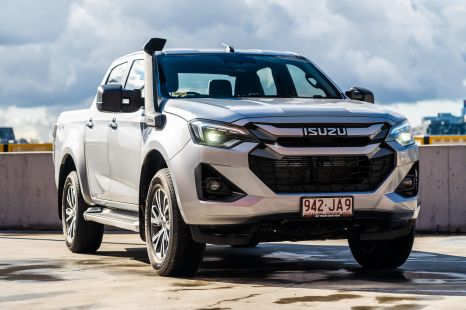

Max Davies
1 Day Ago
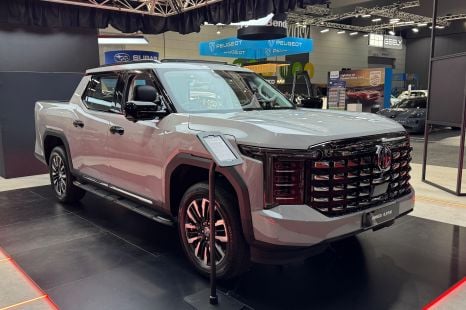

William Stopford
21 Hours Ago